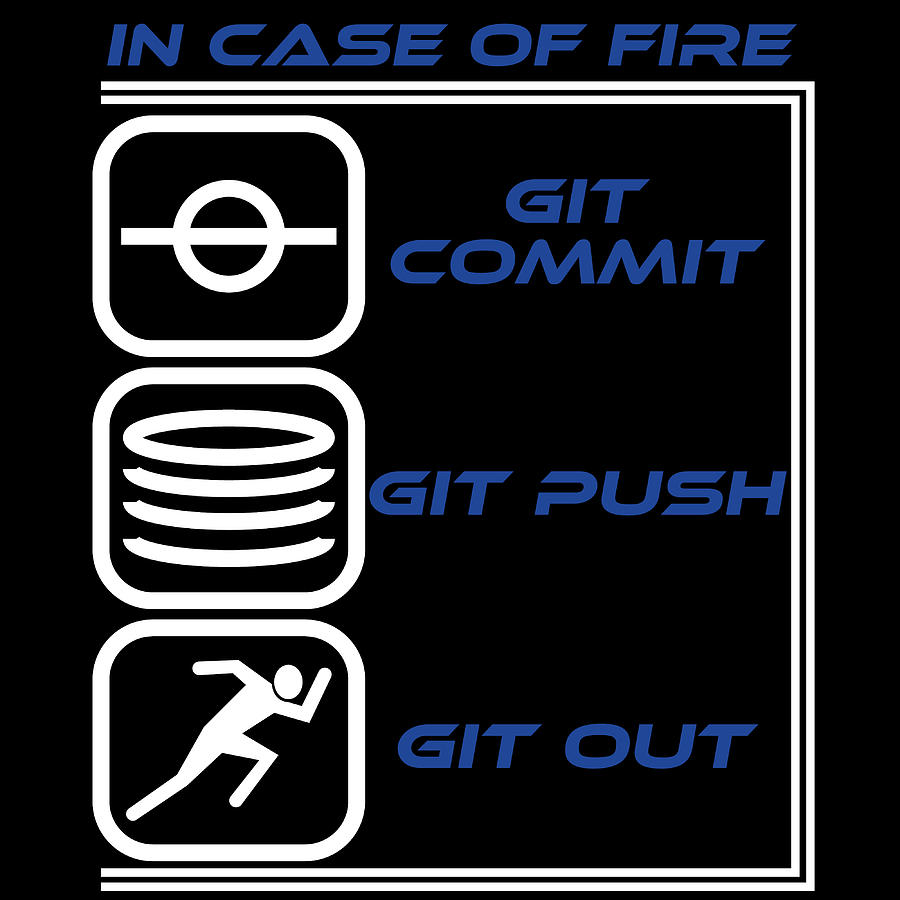Achieving DevSecOps Excellence: A Comprehensive Guide
In the ever-evolving landscape of software development, the need for efficient and secure processes has never been more critical. Organizations strive to deliver high-quality software faster, and in pursuit of this goal, they often adopt DevOps practices. However, in today’s threat-laden digital world, mere DevOps isn’t enough. Enter DevSecOps, a paradigm shift that integrates security seamlessly into the DevOps pipeline. In this article, we’ll delve into the components of a good development process, explore DevOps, and then dive deep into the world of DevSecOps.

The Elements of a Good Development Process
A robust development process sets the foundation for successful software delivery. It encompasses several key elements:
1. Agile Methodology
Agile methodologies promote collaboration, iterative development, and flexibility. Teams work in short cycles, delivering valuable features continuously. This approach ensures adaptability to changing requirements and fosters transparency.
2. Version Control
Version control systems like Git enable developers to track changes, collaborate efficiently, and maintain code integrity. Proper branching strategies and code reviews enhance code quality.

3. Continuous Integration (CI)
CI automates the build and testing process, ensuring that code changes are regularly integrated and validated. It detects issues early, reducing the likelihood of bugs in production.
4. Continuous Delivery (CD)
CD takes CI a step further, automating the deployment process. It allows for the rapid and reliable delivery of code changes to production or staging environments.
The Evolution of DevOps
DevOps is the practice of merging development (Dev) and operations (Ops) into a unified workflow. It aims to break down silos, enhance collaboration, and automate manual processes. Key principles include:
- Automation: Automate repetitive tasks, such as provisioning and configuration management.
- Continuous Integration and Continuous Delivery: CI/CD pipelines streamline code integration and deployment.
- Monitoring and Feedback: Implement robust monitoring to detect issues and gather feedback for improvements.
DevOps accelerates software delivery and improves efficiency but often lacks the depth needed for comprehensive security.
Enter DevSecOps
DevSecOps is the evolution of DevOps, where “Sec” stands for security. It integrates security practices into the development and operations pipeline from the outset. Here’s why DevSecOps is indispensable:
1. Shift Left Security
In traditional development, security is often an afterthought, leading to vulnerabilities. DevSecOps emphasizes “shift left” security, where security considerations start at the very beginning of the development process. This ensures that security is woven into every aspect of the software’s lifecycle.
2. Automated Security Testing
DevSecOps automates security testing, including static analysis, dynamic analysis, and container scanning. This detects vulnerabilities early, reducing the risk of deploying insecure code.
3. Continuous Monitoring
Continuous monitoring of applications and infrastructure is integral to DevSecOps. Security teams can detect and respond to threats in real-time, reducing the attack surface and enhancing overall security.
4. Collaboration
DevSecOps fosters collaboration between development, operations, and security teams. It breaks down silos, ensuring that everyone has a shared responsibility for security.
In conclusion, a good development process is agile, version-controlled, and integrates CI/CD. DevOps brings efficiency and collaboration, but DevSecOps elevates the game by making security an integral part of the development and operations process. By embracing DevSecOps, organizations can deliver secure, high-quality software at speed, meeting the demands of today’s digital world.
Are you ready to embark on your DevSecOps journey?
Here you have some cool resources:
- DevSecOps: Why you should care and how to get started
- What is DevSecOps?
- What Is DevSecOps: Definition, Certifications & Careers
Happy coding and securing!

